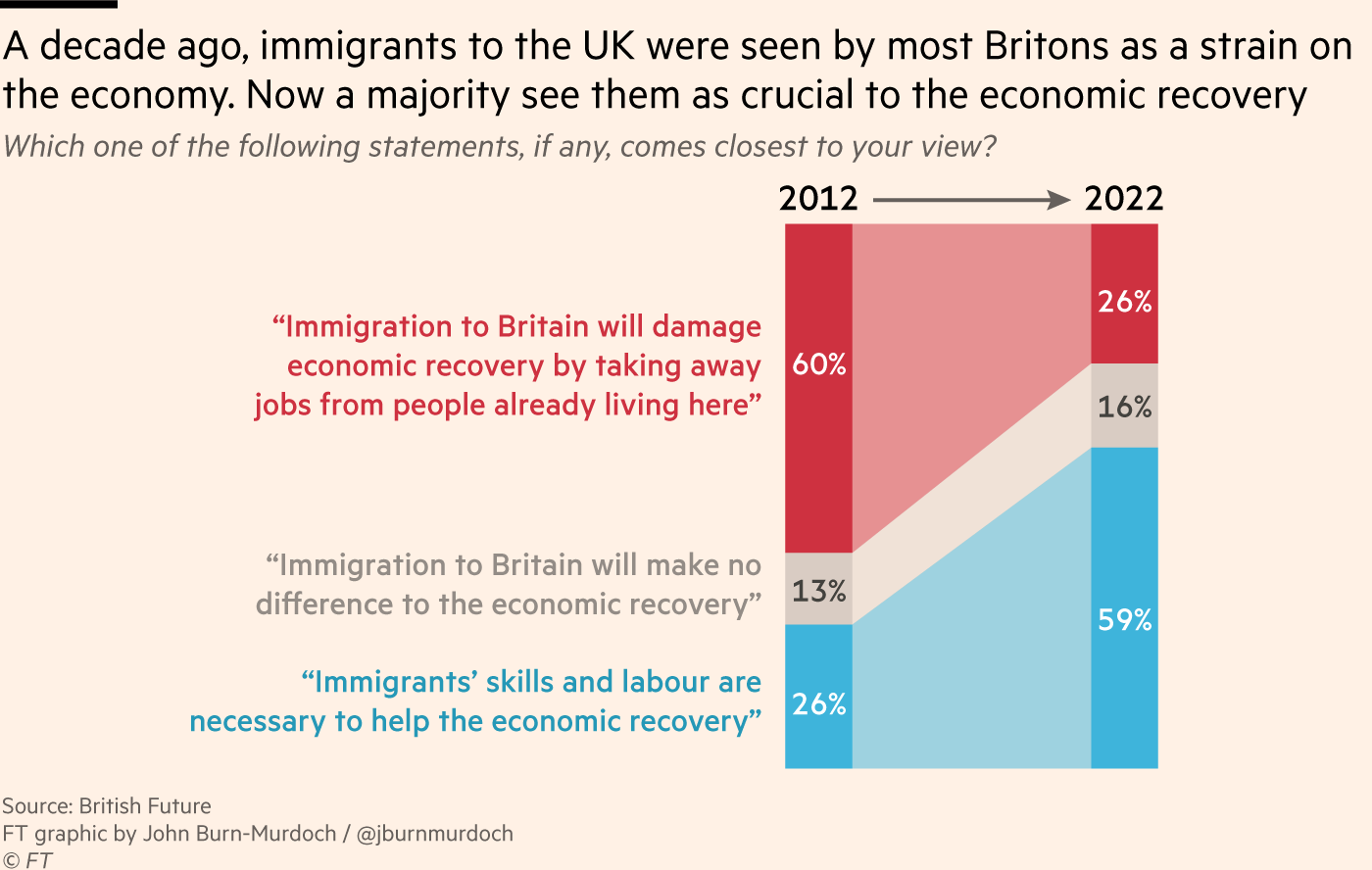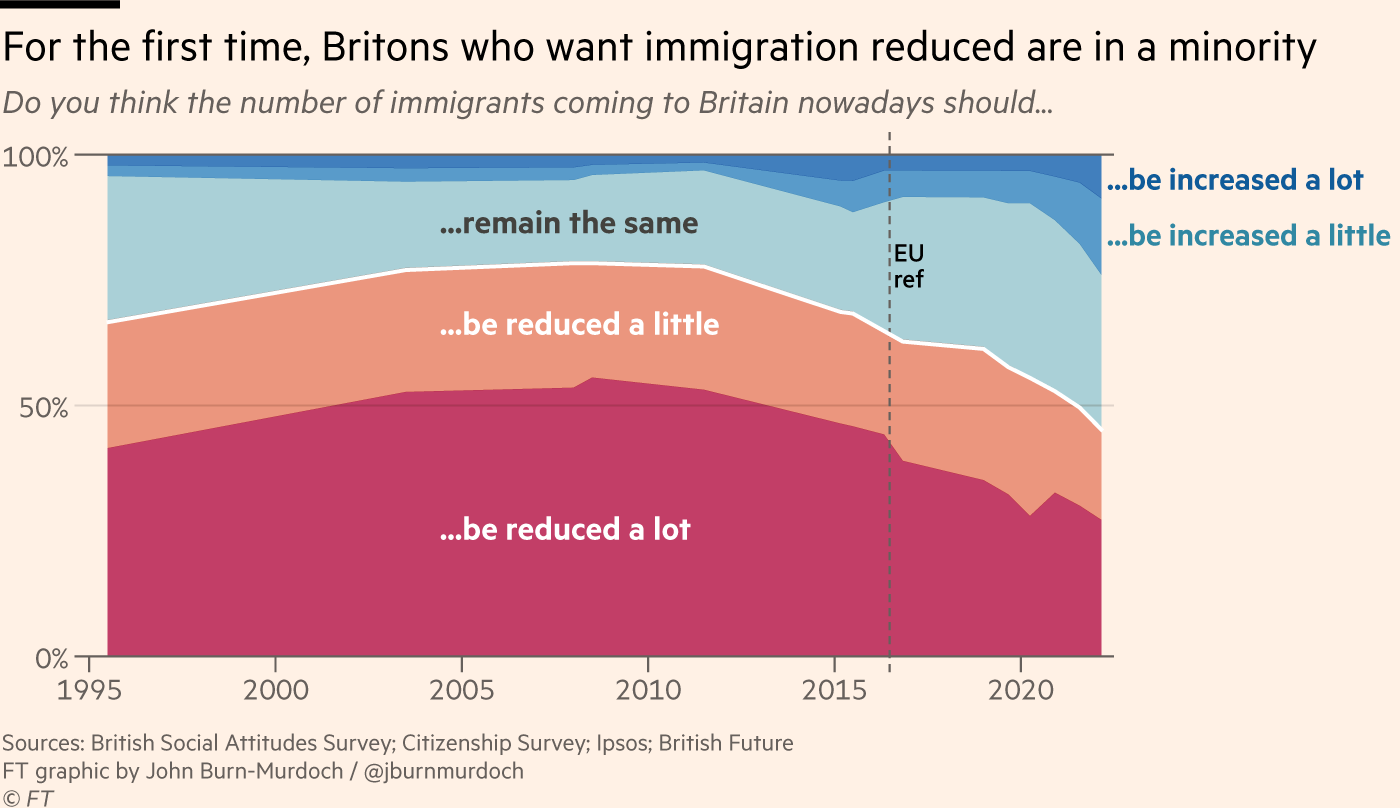Who is Keir Starmer? A passionate Remainer who whipped Boris Johnson’s Brexit deal through parliament. The unity Labour leadership candidate who has waged factional war against the left. The human rights lawyer who outflanks Amnesty International to the right on such issues as trans rights, the “spy cops” bill, and Israel’s occupation of Palestine.
For his supporters, this is electoral pragmatism. For his critics on the left, who perhaps naïvely believed Starmer’s more radical promises during his leadership campaign, his ascent has proven to be a bait-and-switch. To voters he is a blur, more an artful flatterer than substantive presence in the political life of the nation, gently reheating Blairite dogmas rather than offering anything new. Ahead of the Batley and Spen by-election in July 2021, which Labour barely won after losing Hartlepool to the Conservatives two months before, Ipsos Mori found that six out of ten voters were unclear what Starmer stood for.
But Starmer’s leadership cannot be understood without grasping the Corbyn project that flared to life in 2015, then decomposed and died in 2019. There remains, in most punditry, a lack of curiosity about that experience and Starmer’s singular role in it. Oliver Eagleton’s The Starmer Project, the best account of his leadership so far, sets out to correct this.
Starmer was elected Labour leader in April 2020 on a soft-Corbynite agenda. Based on what he termed “the moral case for socialism”, he pledged to raises taxes on the rich, defend the rights of migrants, prevent illegal wars, and implement a Green New Deal.
The message of his campaign was that he was competent and could be trusted because of his record of legal pro bono work, criticism of the Iraq War, and his campaigns against both the death penalty and the use in British courts of evidence gained by torture. This image of the honourable progressive is a myth. What emerges from the unvarnished record is a more ambiguous and ruthless figure.
The contradictions pile up from Starmer’s earliest days. The son of working-class parents made good, he attended grammar school in Surrey. Surrounded by wealthier classmates (one of whom was the British-American author-blogger Andrew Sullivan), he became a socialist. As a student, he was briefly affiliated with the small magazine Socialist Alternatives. He supported strike action and street protest, and rejected statist models of socialism. When he trained as a lawyer in the late 1980s, he joined the Haldane Society of Socialist Lawyers. But, as his politics became more social-democratic, his colleagues say he sought to “NGOify” the organisation and remove the word “socialist” from its name. Having sat in on Diplock trials in Northern Ireland during a 1992 fact-finding mission, and represented abused IRA prisoners, Starmer also helped acquit British soldier Lee Clegg after he shot and killed a Catholic woman in West Belfast. Having become a major interpreter of New Labour’s Human Rights Act, when appointed to the Northern Ireland Policing Board in the early 2000s he gave police the tools to justify the use of water cannon and plastic bullets against Catholics protesting a Loyalist parade.
Eagleton’s muckraking really pays off, however, on Starmer’s time as director of public prosecutions (DPP) between 2008 and 2013. Sifting through the record and interviewing insiders, Eagleton finds the man who once took a stand against torture protecting British officials accused of human rights abuses. He declined to prosecute MI5 agents accused of torturing Binyam Mohamed, as well as those Home Office employees accused of killing the Angolan migrant Jimmy Mubenga in 2010, and the police officers who shot Jean Charles de Menezes at Stockwell Tube station in 2005. Under his leadership, the Crown Prosecution Service (CPS) refused to prosecute undercover police officers implicated in the “spy cops” scandal: many of whom manipulated women into romantic relationships to establish their credibility with activists and incite them to drastic actions.
Not that Starmer was soft on crime: he sought the maximum possible sentences for rioters and benefit cheats. Forging a close relationship with Barack Obama’s attorney-general Eric Holder, he aligned the CPS with US foreign policy and pledged to seal the extradition of the autistic hacker Gary McKinnon to the US, and reacted with “fury”, according to Eagleton, at Theresa May’s decision in 2012 to block the extradition because it violated McKinnon’s human rights. His deference to US power perhaps also explainsthe extradition of Taliban conspirators Babar Ahmad and Talha Ahsan – both were held for years without charge in the UK before being sent to US supermax prisons – as well as the “irregular” handling of the Julian Assange case, in which the CPS urged Swedish prosecutors not to interview him in London over allegations of rape.
By the time Starmer launched his political career in 2015 as Labour MP for Holborn and St Pancras, his radical days were behind him. He was a middle-of-the-road Atlanticist with close ties to the state. A number of “activists”, including City financier Paul Myners and Guardian journalist Polly Toynbee begged him to stand in the Labour leadership contest in 2015. He declined, backing Andy Burnham, with whom he was politically aligned, while favouring economic austerity and a tougher line on immigration.
How did Corbyn’s leadership election landslide give Starmer a route to power, rather than marginalising him? The short answer, according to Eagleton, an editor at New Left Review, is Brexit. From his “Europhilic policies” before the 2017 election, to his “internal wrecking operation” to block a populist Brexit policy after the election, his 2018 conference speech with its unauthorised commitment to a second referendum, and his sabotaging of negotiations with a desperate Theresa May, Eagleton charts Starmer’s evolution as the front-bench champion of Remain, a position that helped destroy Labour’s electoral fortunes in 2019.
But why did Corbyn give Starmer a prominent role in the shadow cabinet? Why didn’t he denounce the “wrecking operation” and sack him? Why didn’t the Labour leadership immediately force Starmer’s resignation after the 2018 conference? How did Corbyn end up being bounced into a second referendum policy that proved so disastrous in the 2019 general election? Eagleton is reluctant to criticise Corbyn directly. But he provides evidence of serious errors of judgement. Here it is worth reading Eagleton alongside former Unite leader Len McCluskey’s Always Red, a memoir that doesn’t conceal its author’s frustrations.
It is not Corbyn’s fault that his first shadow cabinet was, as McCluskey puts it, “a disaster”. Having not expected to win the leadership contest, he was forced to build a front bench with a parliamentary party and a party bureaucracy that was politically hostile to him and was stuffed with implacable enemies such as Hilary Benn. At this stage Starmer, appointed to the Home Office under Andy Burnham, was not an enemy: but he clearly had major political differences with Corbyn. He lobbied, for example, for Labour to support immigration caps. But in dealing with the Conservatives, Eagleton writes, he “prefigured his Labour leadership” style in his effort at “constructive engagement” – even over such controversial matters as the “Snoopers’ Charter” bill extending state surveillance over people’s data. In the shadow cabinet, meanwhile, indiscipline reigned owing to what McCluskey calls Corbyn’s “conflict-averse” style. The pinnacle of this came during the parliamentary vote in December 2015 on bombing Syria, when shadow foreign secretary Hilary Benn upstaged the leader and contradicted his policy of non-intervention.
Even after the failed “chicken coup” in 2016, when MPs tried to oust Corbyn without a leadership contest, and Owen Smith’s disastrous leadership bid, which Starmer supported, the leadership wanted heavyweights in the shadow cabinet. Since Starmer was not judged to be outright hostile, Karie Murphy, seconded from the Unite union to the leadership office, offered him the post of shadow Brexit secretary. According to Eagleton, in his phone call with Corbyn to confirm the appointment, Starmer claimed to have been given an expanded brief covering trade and foreign policy. Corbyn, blindsided, agreed. If this is true, it suggests that Corbyn – resilient as he was in the face of attack – was taken for a fool by his opponents.
The Brexit wars began shortly after the 2017 general election. Corbyn, buoyed by a strong vote for a left-wing manifesto, tried to abandon a Brexit policy based on damage limitation, and to instead use freedom from EU rules restricting “state aid” to support publicly owned industries and a state-led industrial strategy. John McDonnell briefly championed a “workers’ Brexit” as opposed to a “bankers’ Brexit”.
Starmer was implacably opposed to this. During the referendum his position on Europe was, Eagleton writes, “broadly aligned with David Cameron’s: enthusiastic support for Remain, tempered by a hope that Britain could opt out of liberal migration policies”. After the referendum with the blessing of the leadership and left-wing union leaders, he sought a policy that would limit the damage but keep maximum alignment with the EU. But, as the leadership shifted Brexit policy leftwards after the 2017 election, he agitated for a hard Remain position.
When, in February 2018, Corbyn read out a speech to shadow cabinet members outlining a radical Brexit strategy based on state interventionism and workers’ rights, Starmer interrupted him. It was “outrageous”, he said. He claimed the policy, which had been shared with Starmer beforehand, was being sprung on him, and threatened to resign. Over the next year, he began privately working with the People’s Vote campaign, fronted by New Labour figures such as Peter Mandelson and Roland Rudd, while assuring Corbyn’s office that a second referendum was a “totally stupid” idea.
The question is why the leadership repeatedly bent to Starmer’s intransigence. It acceded to “a customs union”, which Starmer used on television appearances to conflate with “the customs union”. It yielded to a “people’s vote” to resolve parliamentary deadlock, which Starmer then claimed in his 2018 conference speech could be used to overturn the original referendum result. McCluskey notes that this speech threw “down the gauntlet to Corbyn”. Starmer rightly assumed the leader would “prove unwilling or unable to stamp his authority”. Finally, fearful of being seen to support a Tory Brexit, the leadership allowed Starmer to sabotage negotiations with May’s team.
McCluskey, a key player behind Corbyn’s leadership and a participant in the negotiations, felt there was “a deal to be done” with the government. Instead, Labour scored hollow parliamentary victories against May. With each win, McCluskey mourns, as Labour became increasingly associated with the project to thwart Brexit,“a part of their support base was lost and Corbyn’s credentials as an insurgent leader were shredded”.
Corbyn’s position crumbled. By the summer of 2019, after Labour crashed to a poor third in the European elections, many of his allies – such as Diane Abbott and John McDonnell – were urging him to back Remain. McCluskey, believing that a second referendum couldn’t be averted, worked to build support among union leaders for a policy short of “an out-and-out Remain position”. The result was Labour’s fudge election promise of a referendum on a Labour-negotiated deal in which the leader refused to take sides – and a crushing electoral defeat.
Starmer ditched Remain, and most of his promises to Labour members, almost as soon as he took the leadership. Having used Remain to destabilise the Corbyn leadership, court a chunk of Corbyn’s supporters in the membership, and put himself in power, he has defaulted to the type of managerial centrism, “constructive engagement” with the Tories, and right-cleaving policies on immigration and human rights that he espoused in 2015.
This, as Eagleton shows, is where he is consistent. From his days as a human rights lawyer, through his time as DPP, then as a shadow cabinet minister, he has been most comfortable when piloting technocratic reform. Uninterested in drawing major battle lines with the Tories, he chooses the most apolitical subjects on which to agitate: sleaze or incompetence. As Labour leader, he has been more interested using in focus-grouped “values” to synthesise trust than in building real social power, of which he has little conception: hence his willingness to haemorrhage hundreds of thousands of party members.
[see also: Can Keir Starmer break Labour’s losing streak?]
His supporters would say that he had to disappoint the membership in order to win back “Red Wall” voters. These are voters in small, northern English towns whom Labour has been losing for decades. Two recent books on the Red Wall, Deborah Mattinson’s Beyond the Red Wall and Sebastian Payne’s Broken Heartlands, argue that the unpopularity of Corbyn’s leadership, and Brexit catalysed a gradual long-term shift to the right in these seats. Such analyses are often framed as an effort at “listening” to neglected voices. But, especially in Mattinson’s case, it is selective listening. As with Starmer and Burnham’s “immigration listening tour” in 2016, the exercise seems designed to lead to right-wing conclusions.
Mattinson, Starmer’s director of strategy and a former New Labour adviser, is explicit about this. The Labour-to-Tory defectors that she gathers together in focus groups in Hyndburn, Darlington and Stoke-on-Trent are hostile to migrants, “scroungers” and educated young activists, and driven by overwhelming grievance against London elites: and she is clear that Labour must flatter them. A journalist at the Financial Times, Payne is more independent–minded than Mattinson, and acknowledges the significance of the 2017 vote as a “cry to be listened to”, and the destructive role of New Labour figures in trying to reverse Brexit. Nonetheless, he portrays these seats as moving inexorably to the right.
Neither of them, though, can explain why, even for a brief moment, Corbyn’s leadership reversed Labour’s northern rot, or why these voters should have been willing to vote for a radical left agenda in 2017: indeed, why Labour’s vote surged in Red Wall constituencies such as Darlington and Stoke-on-Trent Central. Still less can they explain why it then fell apart, or why Starmer’s lurch to the right has also fared so poorly in these seats.
Eagleton and McCluskey, in anatomising the power struggles inside Labour, get closer to an answer. Yet they still leave one wondering: why did Corbyn allow himself to be pushed into a corner? McCluskey blames Corbyn’s lax leadership style. Eagleton faults the “conformist” left for weakening Corbyn’s position and is particularly critical of McDonnell for panicking in the face of difficulty, such as the dire European election results in 2019, which led him to urge Corbyn to compromise with the right. There is some truth in both claims, but emphasis on leadership undersells the inherent structural challenges for any Labour leader trying to find a path to power in a fracturing United Kingdom.
Corbyn took office between two constitutional crises. The first, in Scotland, saw Labour’s vote share plunge from 42 per cent in the 2011 general election to 24.3 per cent in the 2015 election and its Scottish Westminster seats plummet from 41 to one after it campaigned with the unionist establishment in the independence referendum of 2014. The second crisis, Brexit, was no less threatening to Labour. Corbyn, anti-establishment and Eurosceptic, might have been expected to back a radical Leave vote when it counted. He didn’t, because it would split Labour and the unions and leave him susceptible to a coup. Corbyn wanted to lead a unified Labour Party into government, so he prioritised party unity on this question.
But this meant Brexit could only be won from the hard, xenophobic right. Both Eagleton and McCluskey downplay the significance of this. But it caused Corbyn to retreat from left-wing immigration policies on the one hand and consolidated the default Remainerism of Corbyn’s base on the other (hence delegates cheering Starmer to the rafters in 2018). That’s why Corbyn was reluctant to sack Starmer, why the Remainers had such traction, and why Corbyn – while personal loyalty to him secured votes at conference for this Brexit policy – never led on Brexit. This was the Achilles heel of the entire project. It allowed Keir Starmer, an ambitious centrist with an authoritarian streak, to build his leadership principally on the strength of having served under Corbyn and passionately advocated Remain, and to crush those incipient hopes and restore the establishment to power.
The Starmer Project: A Journey to the Right
Oliver Eagleton
Verso, 240pp, £12.99
Fish and vegetables grown near the old Fukushima nuclear plant in Japan can be freely sold in Britain after the Food Standards Agency scrapped a rule on radioactivity levels in produce https://t.co/cqzQtJy86Q



 Tovar
Tovar
 by Tovar Thu May 05, 2022 11:07 pm
by Tovar Thu May 05, 2022 11:07 pm


